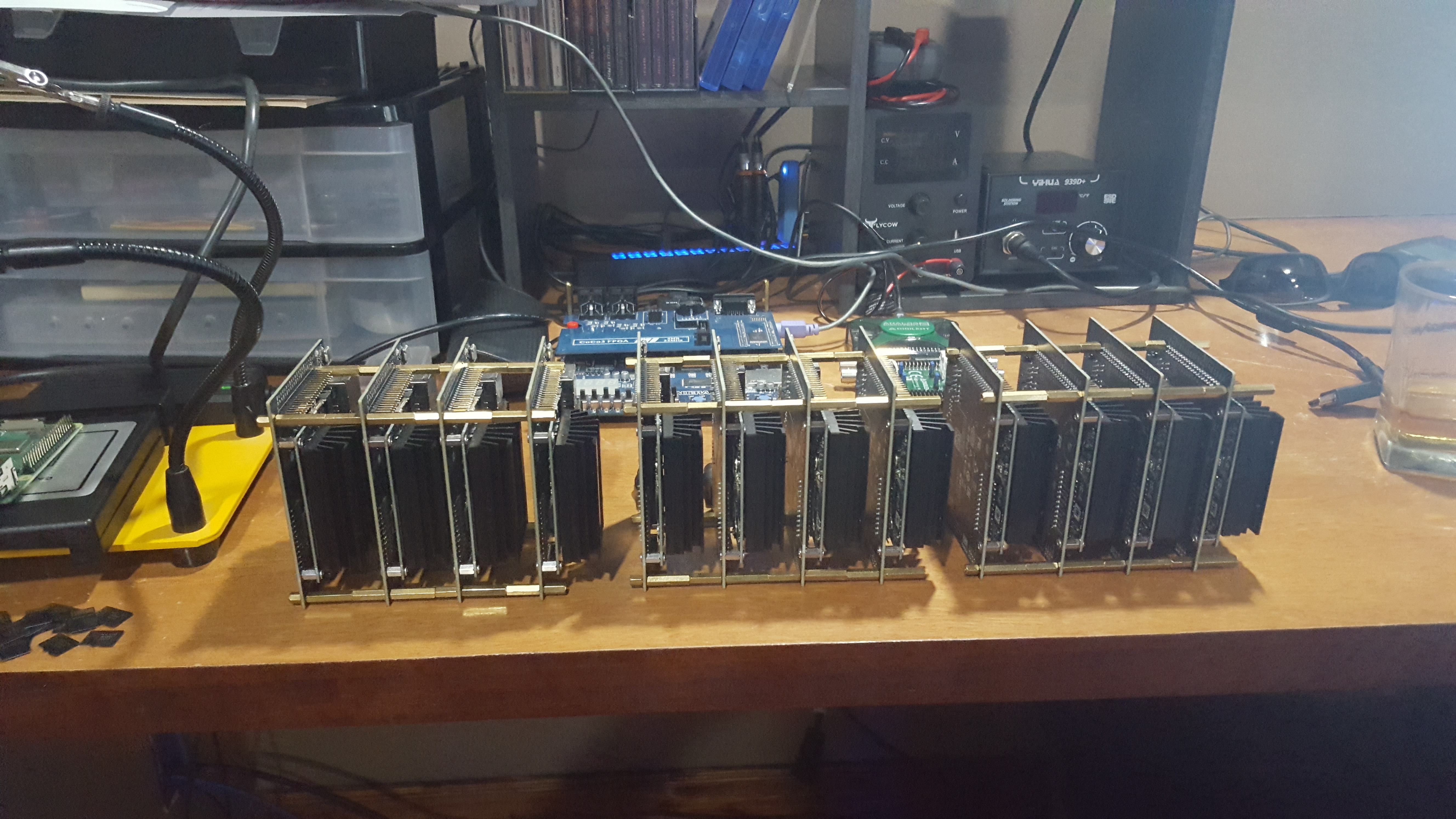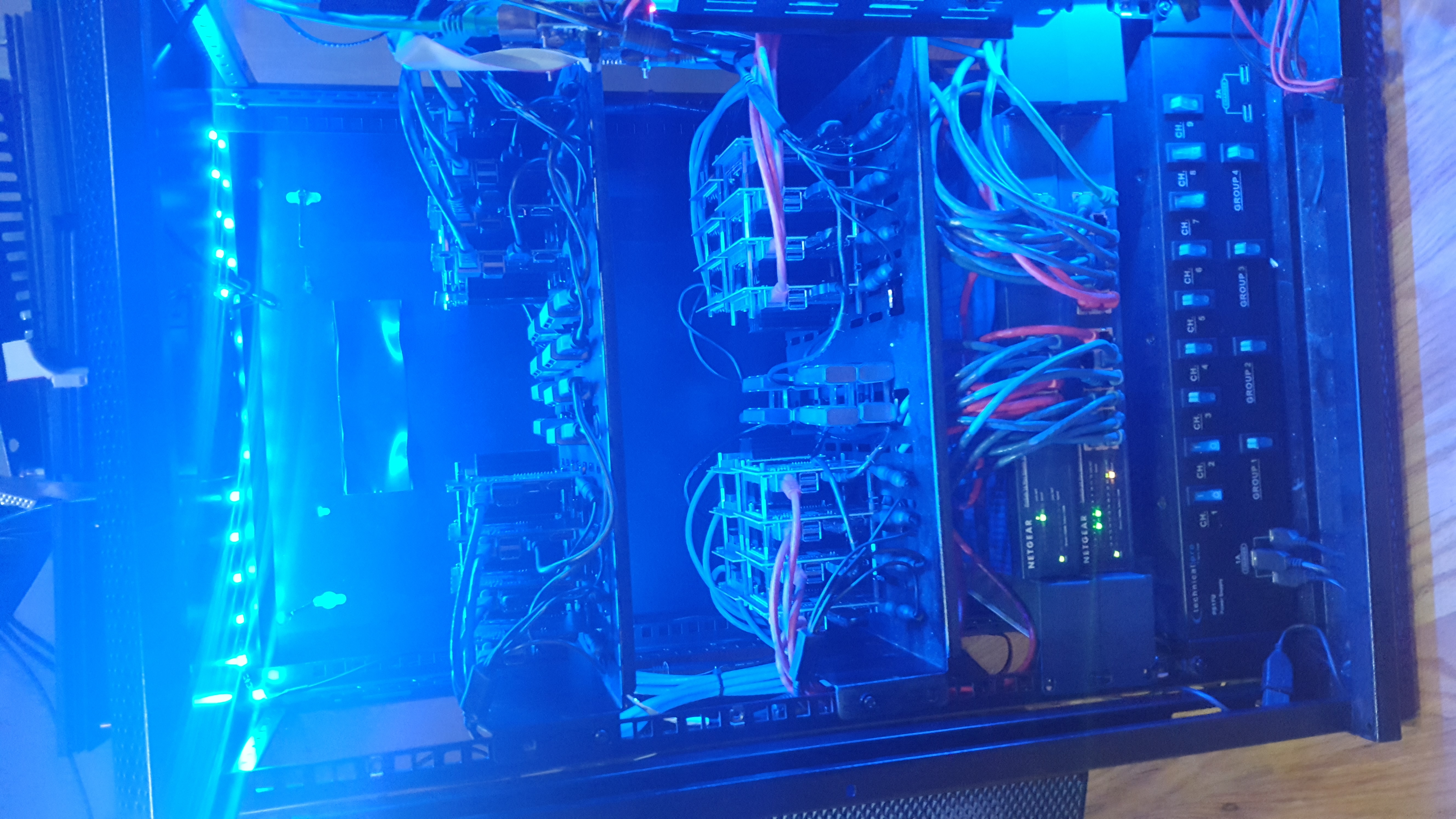*Lisp
Resurrecting Thinking Machine's Lisp for the Connection Machine on Modern Hardware

- Original Public Domain *Lisp Simulator by J.P. Massar
- Bitsaver's CM-2 Software archive
- Bitsaver's CM-2 and CM-5 Documentation library
Way back when, in the 1990s, I was fascinated with the then-current state-of-the-art, multiple Top-500 placed CM-5 supercomputer, and in particular, the Lisp dialect developed for it known as *Lisp.
Thinking Machine's corporation developed a single-threaded simulator for it, which was meant to be run within a conforming Lisp implementation on a workstation.This would provide a programming environment similar to that of the CM-5. Of course, on the machines of the day it was quite slow, and one could not simulate a CM with very many processors. But it was sufficient to debug your algorithms when running on small test-cases before moving on to using up time on the very expensive real deal.
I was familiar with the simulator, having used it a long time ago when I was first learning Lisp. I decided to revisit it, and to dig into the code. Initially, I had 3 objectives:
- Get the old simulator code massaged into a form suitable for a modern Common Lisp, specifically SBCL.
- Work through the code-base, and parallelize the single-threaded loops to make use of a multi-core processor
- Develop a meta-package which shadows the public interfaces of *Lisp, to allow a distributed cluster of computers to act together as a single Connection Machine.
I have since taken on a fourth goal: to GPU-accelerate portions of the base code as well.

This later goal came to me by happy accident: I found the Bitsaver's software archive, and was able to reconstruct the tape images and get a bunch of original CM software, including source code to the CM graphics and scientific libraries.
Goals #1 and #2 are essentially complete, though there are some circular dependency issues that make an automated build difficult, and there are some strange errors, where SBCL is not able to (compile-file), but IS able to (load) it. I'm not sure if resolving the dependencies will fix all that, or if there is something deeper going on with SBCL itself.
Work on the distributed framework for running on a number of nodes is partially complete, but nonetheless good enough to write distributed applications using it. Declaring a P-var (parallel variable, essentially each processor of a CM got a chunk of an array to work on individually) allows it to be split up over multiple machines, and standard *Lisp primitives like (sin!!) work as expected. But there are some tricky issues I need to sort out with some of the other functions to insure compatibility. But, things work well enough so that the cellular automata from "Getting Started with *Lisp" works cluster-wide and distributed.
Another house-keeping situation is that the code is, currently, very much tied to my cluster hardware. I've begun the process of abstracting it out, and adding in support for other setups and arrangements, but it will take time to get something together for a general release. There just aren't enough hours in the week.
Maybe someday I'll get the full PRISM bench re-implemented for Common Lisp on a distributed cluster. Then things will change.
If you build it, they will come.


